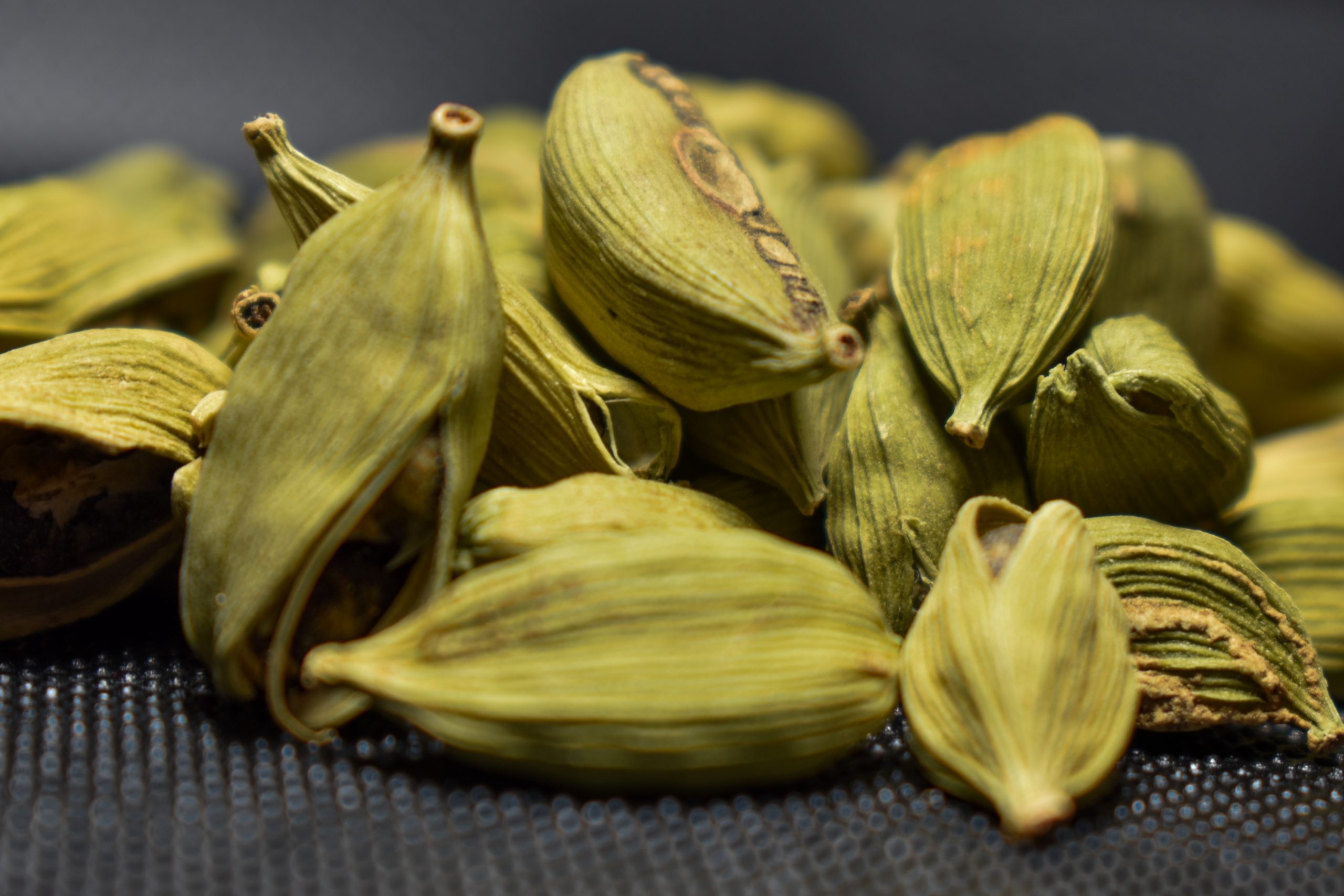
Hello, Tea Lovers! 🍵💛
Are you looking for a refreshing and unique way to elevate your afternoon? Look no further than Saffron and Cardamom Iced Tea! This delightful combination of flavors will invigorate your senses and add a touch of elegance to your midday break. Today, we invite you to discover five exciting twists on Saffron and Cardamom Iced Tea that will refresh and rejuvenate you with every sip. Get ready to embark on a journey of delightful flavors! 🌞🌿🍹
Saffron, with its vibrant color and delicate floral notes, and cardamom, with its warm and aromatic flavor, are two spices that have long been cherished in culinary traditions around the world. Their unique combination creates a symphony of flavors and aromas that transform a simple iced tea into a luxurious experience. So, let’s dive into the refreshing twists we have in store for Saffron and Cardamom Iced Tea and awaken your taste buds to new possibilities. ✨🌍💫
But before we explore these tantalizing twists, let’s take a moment to appreciate the individual qualities of saffron and cardamom. Saffron, often referred to as the “king of spices,” is harvested from the delicate threads of the crocus flower and is known for its exquisite flavor and vibrant hue. Cardamom, on the other hand, is a versatile spice that adds a warm and aromatic touch to both sweet and savory dishes. Together, saffron and cardamom create a harmonious blend that is both indulgent and uplifting. Today, we have the opportunity to explore their refreshing qualities in the realm of iced tea and immerse ourselves in their captivating allure. 🌺🕌⏳
Now, let’s embark on a journey of refreshing twists for Saffron and Cardamom Iced Tea that will awaken your senses and enliven your afternoon. Get ready to savor the rich flavors and experience a moment of pure pleasure. 🚀
1. Classic Saffron and Cardamom Iced Tea: Let’s begin with the essence of simplicity—a classic recipe that allows the rich flavors of saffron and cardamom to shine. Steep a few strands of saffron and crushed cardamom pods in your iced tea, allowing the flavors to infuse and mingle. The result is a refreshing and uplifting beverage that captures the essence of luxury. Each sip is a sensory experience, as the delicate floral notes of saffron dance with the warm and aromatic flavors of cardamom, creating a symphony of taste that lingers on the palate. 🍵👌
2. Saffron and Cardamom Lemonade: Add a burst of citrusy brightness to your Saffron and Cardamom Iced Tea by incorporating the tangy flavors of lemon. Squeeze fresh lemon juice into your iced tea and garnish with a few strands of saffron and a sprinkle of ground cardamom. The tangy acidity of lemon beautifully complements the floral sweetness of saffron and the warm spiciness of cardamom, creating a refreshing and invigorating blend. Each sip is like a ray of sunshine, as the vibrant flavors awaken your senses and uplift your mood. 🍋🍵
3. Saffron and Cardamom Mint Iced Tea: Embrace the cooling properties of mint by infusing your Saffron and Cardamom Iced Tea with fresh mint leaves. The refreshing mint adds a touch of invigoration to the delicate flavors of saffron and cardamom, creating a revitalizing and uplifting blend. The coolness of mint harmonizes with the warmth of cardamom and the floral notes of saffron, resulting in a balanced and refreshing drink that rejuvenates both the body and the mind. Each sip is like a breath of fresh air, as the mint enlivens your senses and the saffron and cardamom transport you to a realm of pure bliss. 🌿🍵
4. Saffron and Cardamom Peach Iced Tea: Infuse your Saffron and Cardamom Iced Tea with the sweet and juicy flavors of ripe peaches. Slice fresh peaches and add them to your iced tea, along with a few strands of saffron and a dash of ground cardamom. The natural sweetness of peaches enhances the floral and warm notes of saffron and cardamom, creating a harmonious blend that is both indulgent and refreshing. Each sip is a taste of summer, as the flavors of saffron, cardamom, and peaches mingle on your palate, leaving you refreshed and satisfied. 🍑🍵
5. Saffron and Cardamom Coconut Iced Tea: Embrace the creamy richness of coconut by adding a splash of coconut milk or a sprinkle of shredded coconut to your Saffron and Cardamom Iced Tea. The smoothness of coconut beautifully balances the floral and warm flavors of saffron and cardamom, creating a luxurious and indulgent drink that transports you to a tropical paradise. The combination of these ingredients creates a sensory experience that is both refreshing and exotic. Each sip is like a mini vacation, as the flavors of saffron, cardamom, and coconut transport you to a tranquil beach, with the gentle breeze and the sound of waves in the background. 🥥🍵
With these refreshing twists for Saffron and Cardamom Iced Tea, you can elevate your afternoon and immerse yourself in a realm of indulgence and delight. Each sip is an opportunity to savor the rich flavors and experience a moment of pure pleasure. So, sit back, relax, and let the enchanting combination of saffron and cardamom transport you to a world of culinary bliss.
As you embark on this journey of sensory pleasure, take a moment to appreciate the intricate flavors of saffron and cardamom and their ability to elevate your iced tea to a luxurious experience. Let their richness and complexity inspire you to create your own unique twists and celebrate the art of tea.
We hope you enjoy these refreshing twists for Saffron and Cardamom Iced Tea and let them invigorate your afternoon. Stay tuned for more tantalizing tea explorations in our upcoming posts. Until then, may your afternoons be filled with delightful flavors and moments of pure indulgence! ☕✨💛












